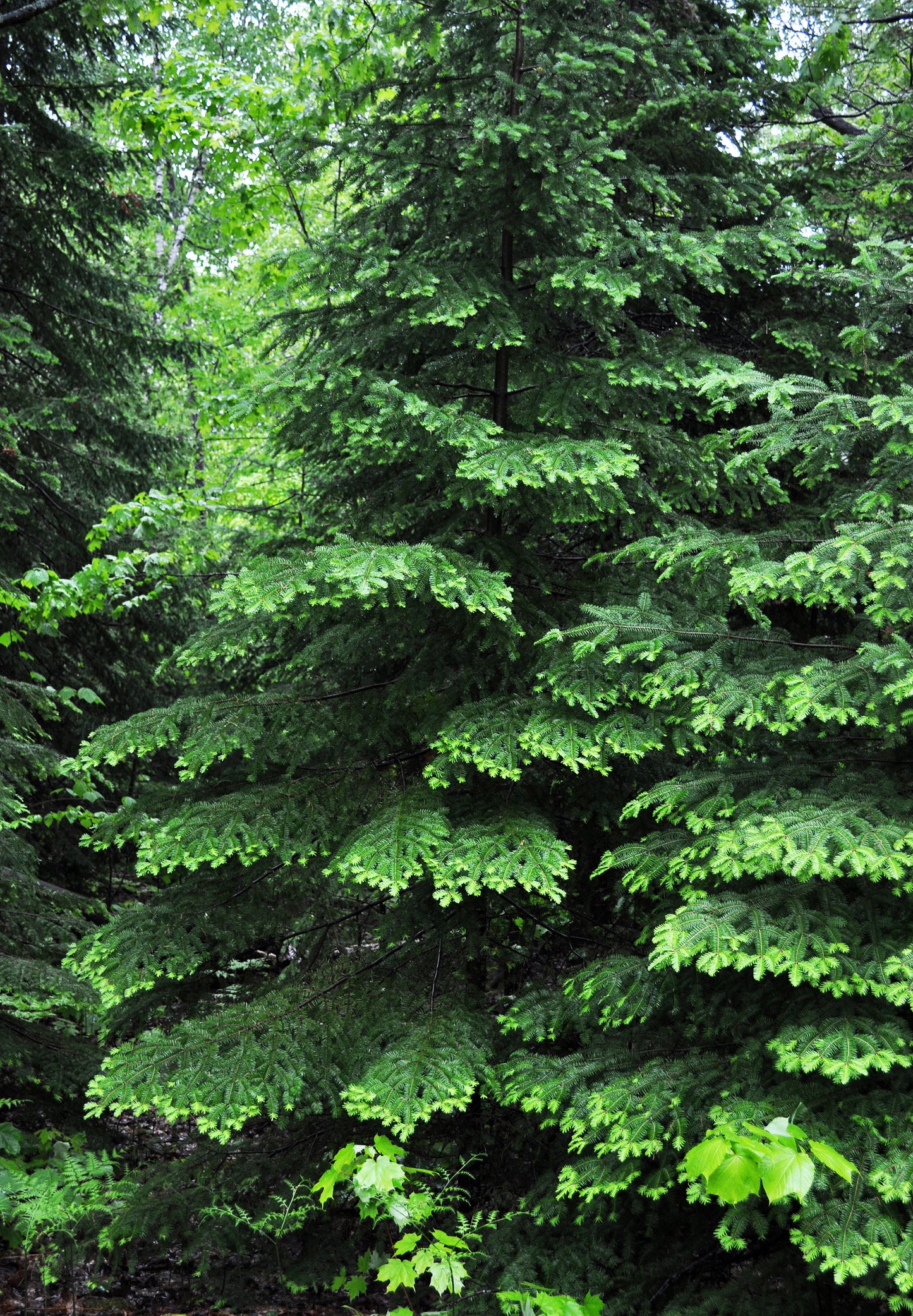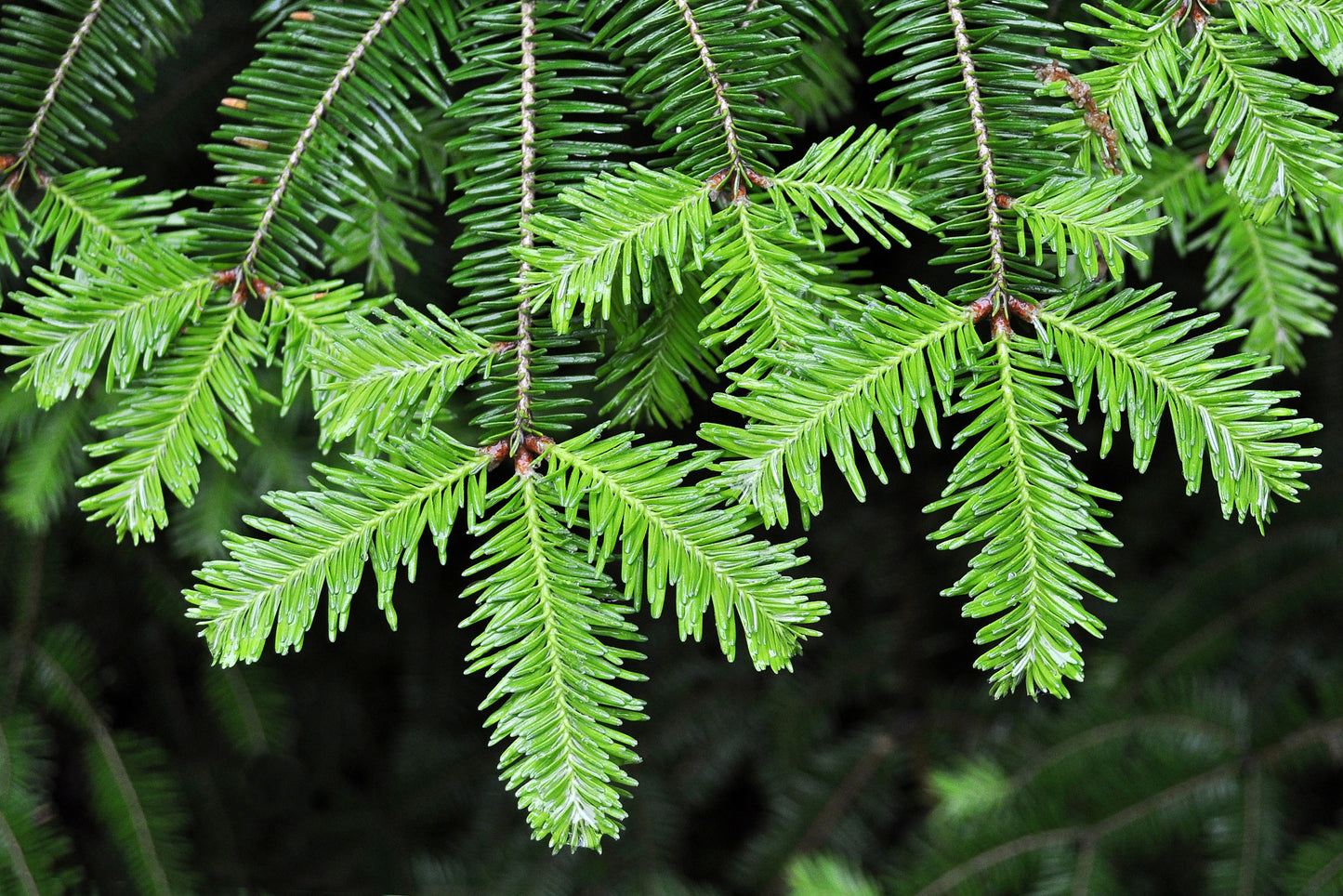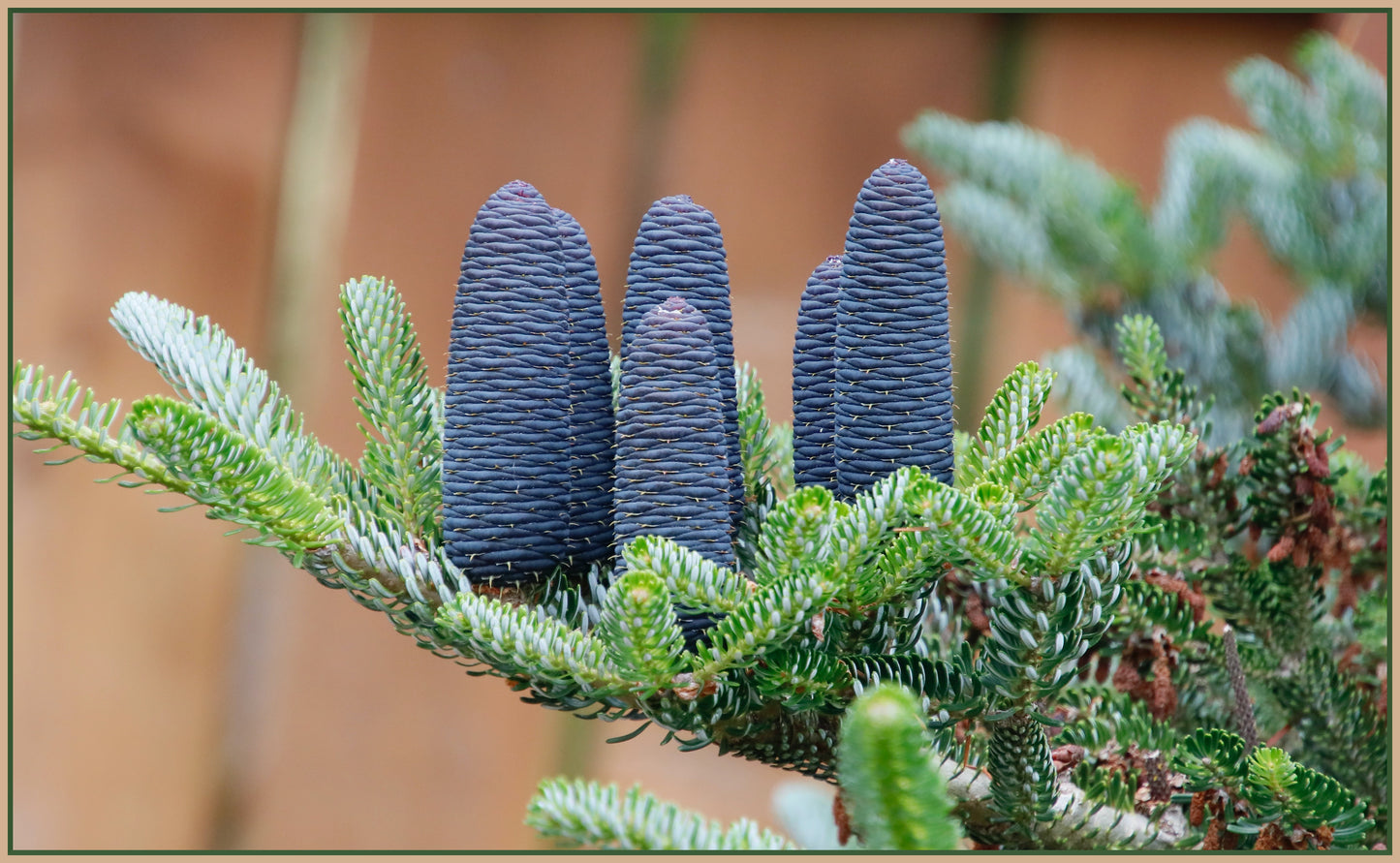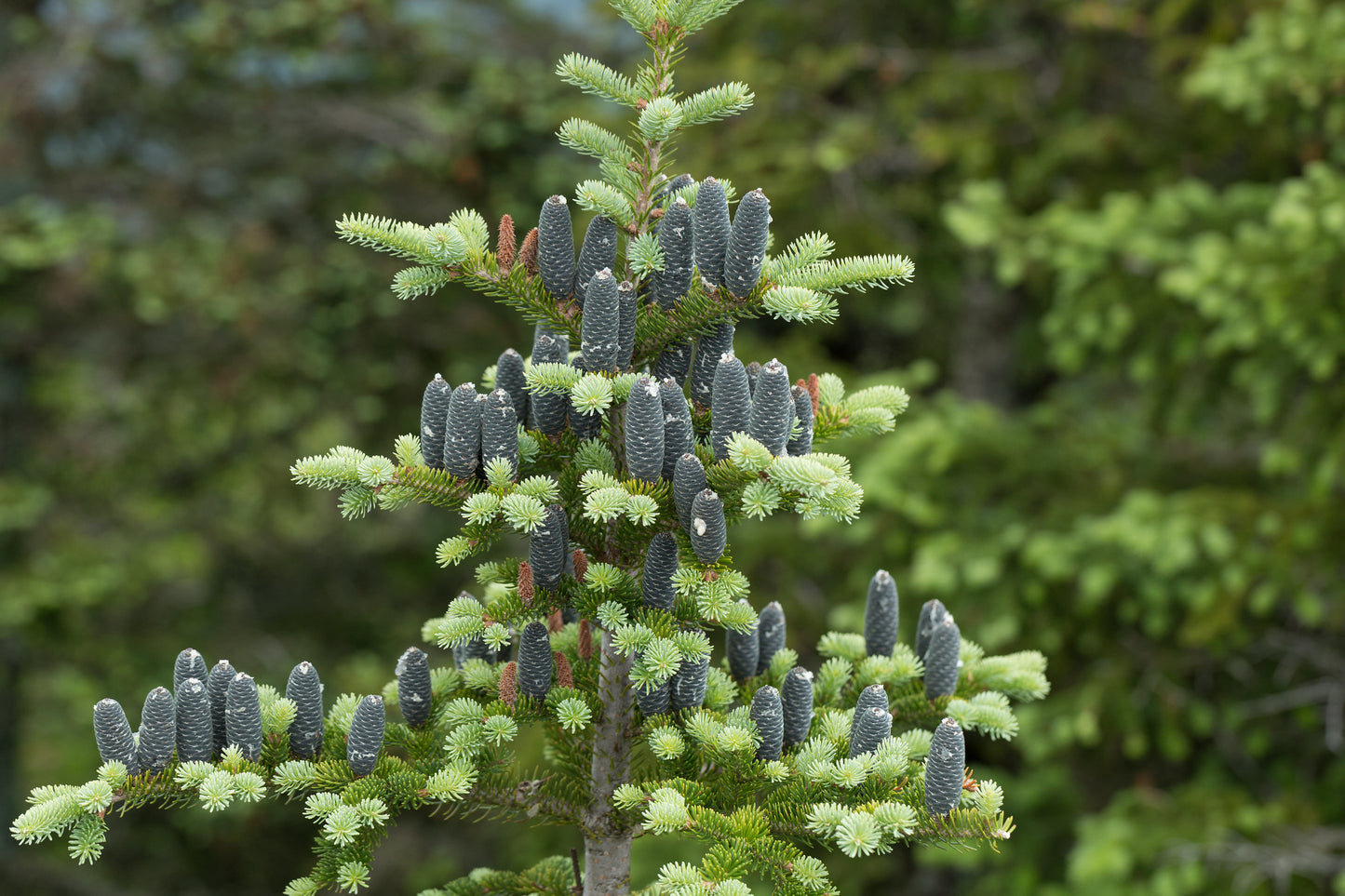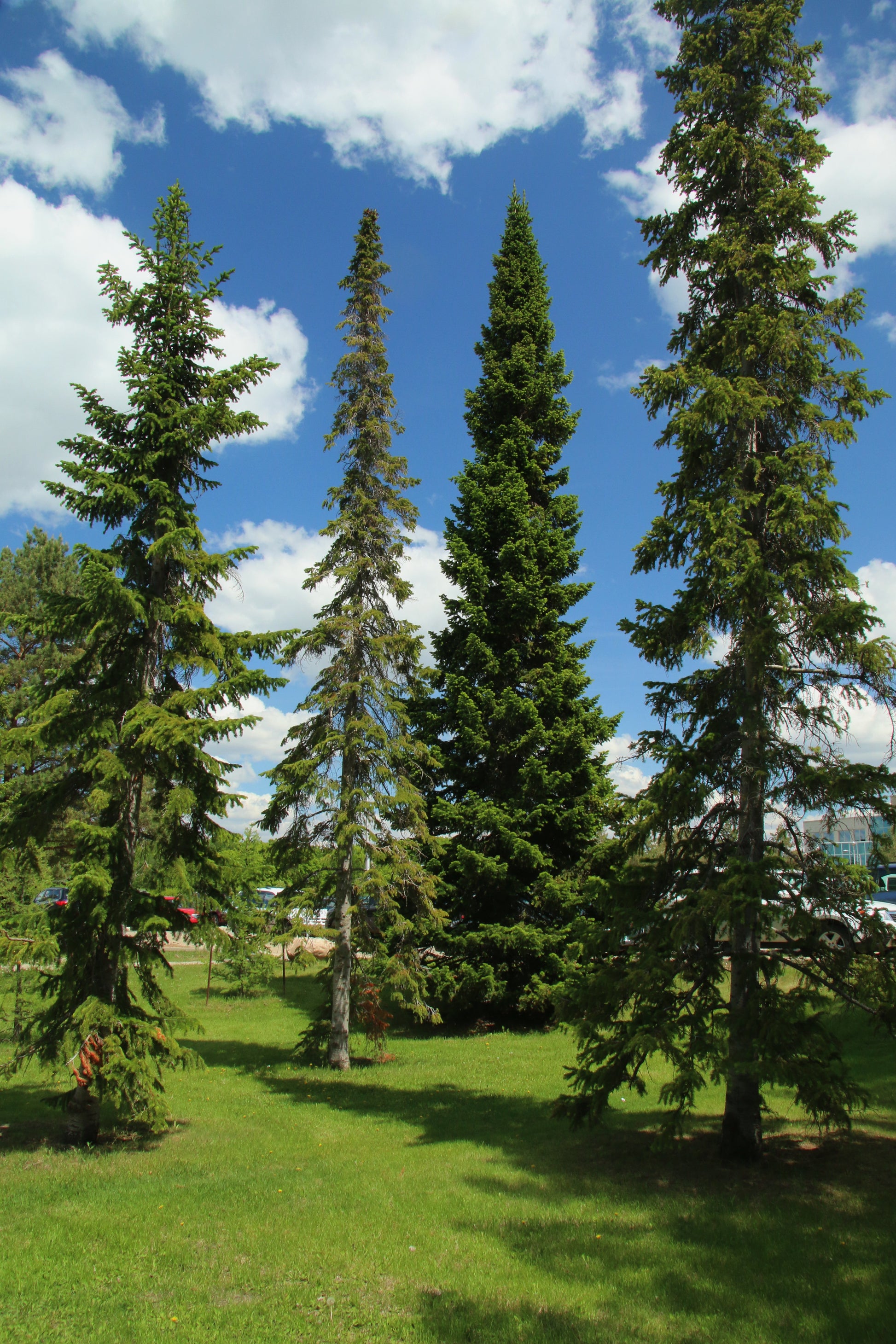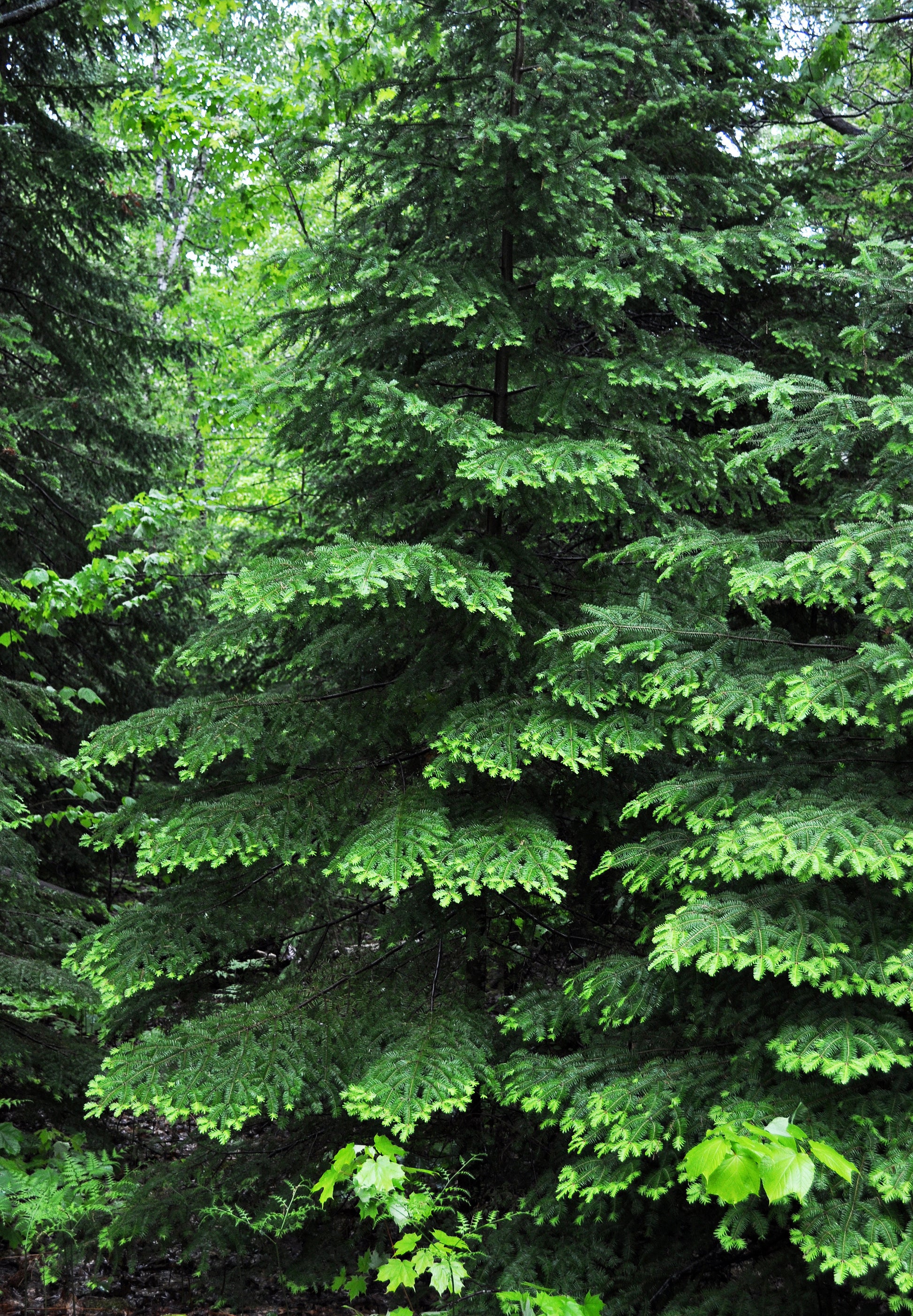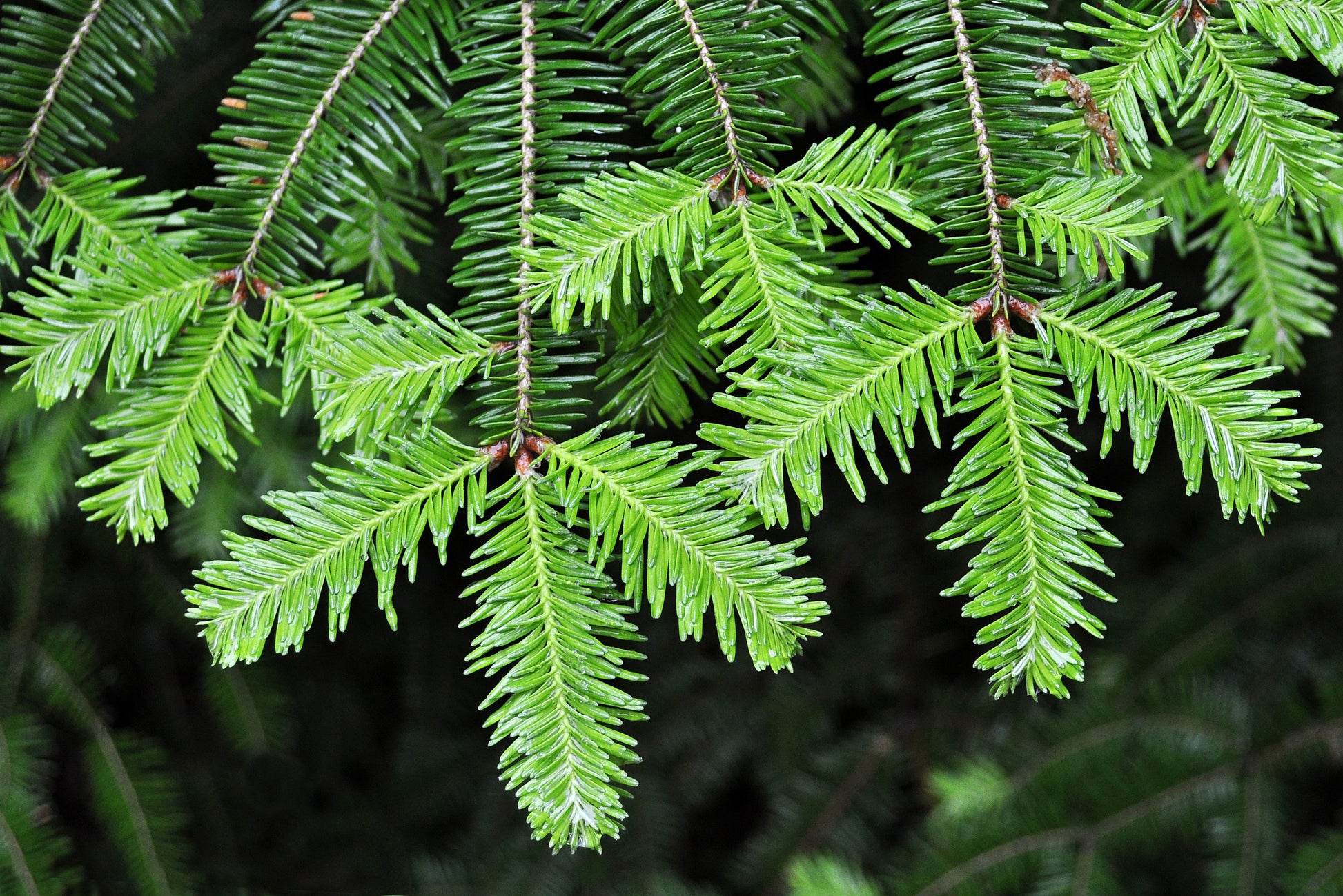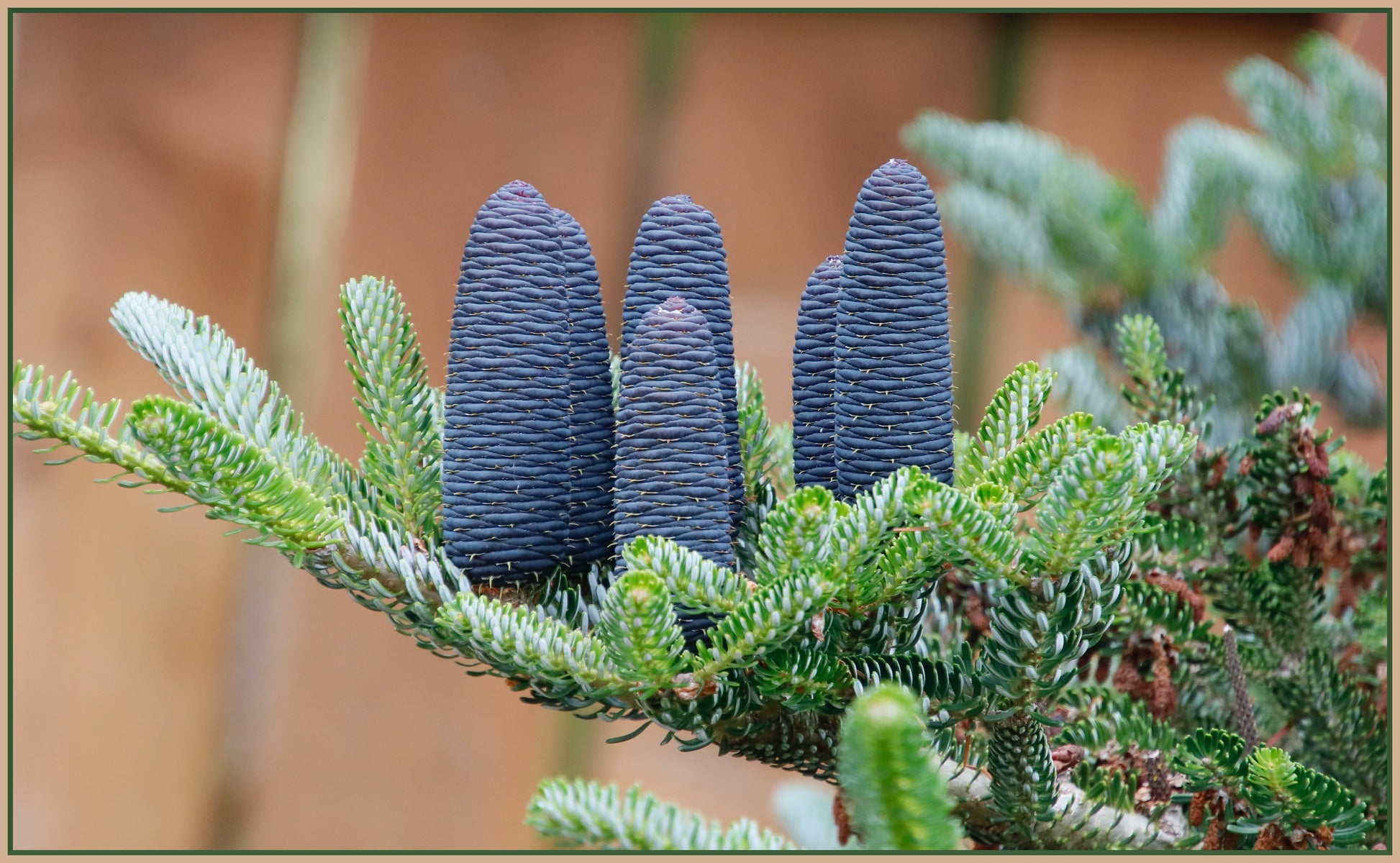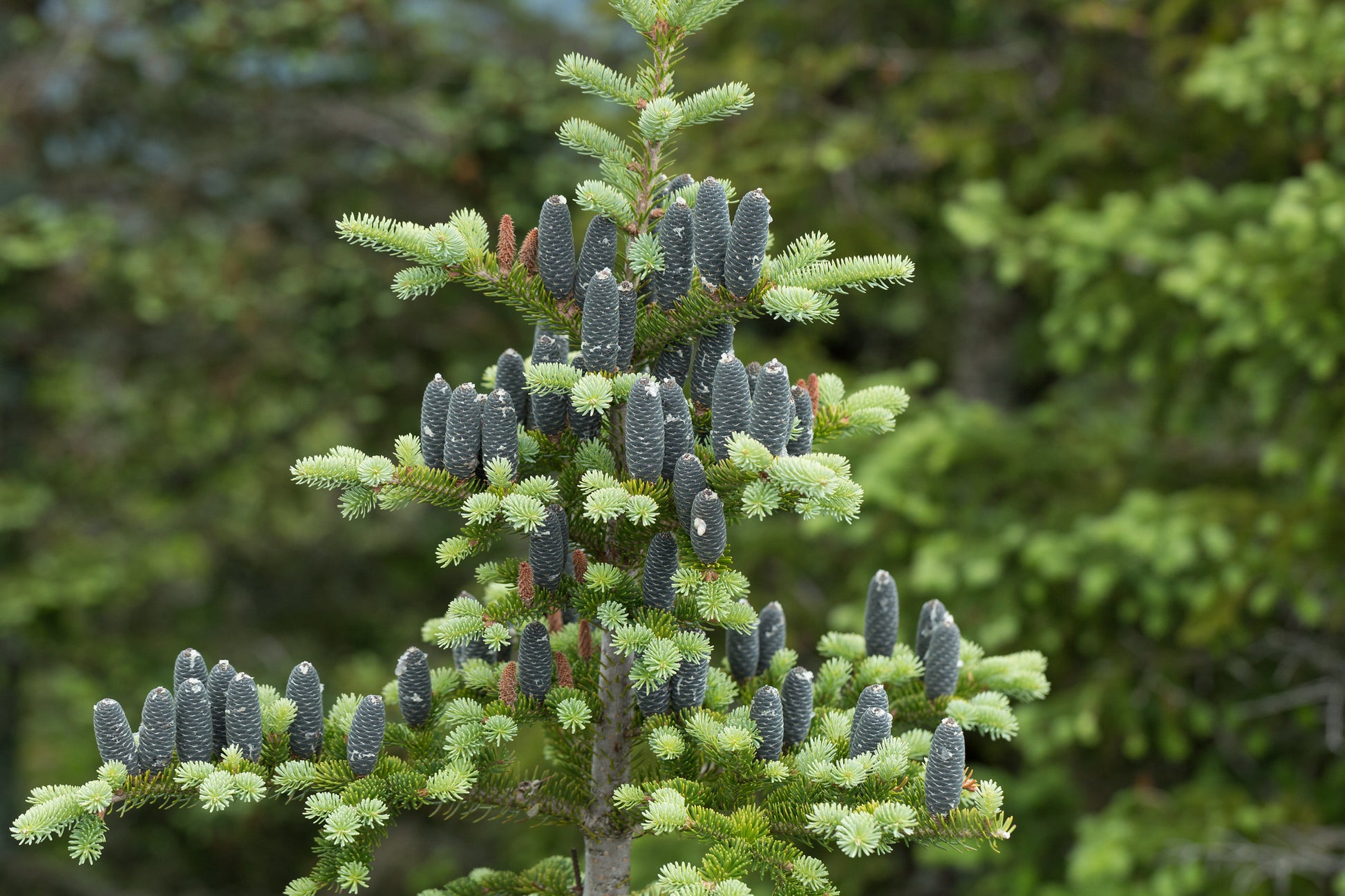Floridaseeds
Balsam Fir Abies balsamea 100 Seeds USA Company
Balsam Fir Abies balsamea 100 Seeds USA Company
Couldn't load pickup availability
Abies balsamea, commonly known as balsam fir, is a species of fir native to northeastern North America. Here are some key points about Abies balsamea:
Appearance: Balsam fir is a medium-sized evergreen tree with a spire-like crown and dense foliage. The needles are flat, short (about 1 to 1.5 cm long), and arranged in two rows along the branches. The needles are dark green on the upper surface and whitish underneath, giving the tree a distinctive appearance.
Habitat: Balsam fir typically grows in cool, moist climates and is commonly found in mixed coniferous forests, often alongside other conifers such as spruce and pine. It thrives in a variety of soil types, from well-drained upland soils to poorly drained peatlands.
Uses: Balsam fir has various uses, both practical and cultural. The wood is lightweight and has been historically used for lumber, pulpwood, and the production of Christmas trees. The aromatic resin, or balsam, found in the blisters on the bark has been used in traditional medicine and as a fragrance in soaps and candles. Hardy in zones 3-6.
Growing Instructions
The seeds have a period of dormancy. They can be planted outdoors in the fall or winter for spring germination or they can be cold stratified to simulate winter conditions and to break their dormancy at any time of the year.
- Soak the seeds in water for 24 hours.
- Put the mixture in a ziplock bag.
- Put the bag in the refrigerator and leave it there for 6-8 weeks.
- Fill a container with a good quality potting compost.
- Sow the seeds on the soil.
- Cover the seeds with a layer of soil a couple of millimeters thick.
- Water the soil so that it is moist but not wet. The seeds begin to germinate several weeks after they are sowed.
- When the seedlings are a few inches tall, they can be transplanted.
Materials
Materials
Shipping & Returns
Shipping & Returns
Dimensions
Dimensions
Care Instructions
Care Instructions
Share

